Home>Gardening & Outdoor>Landscaping Ideas>When To Put Lime Down On Grass
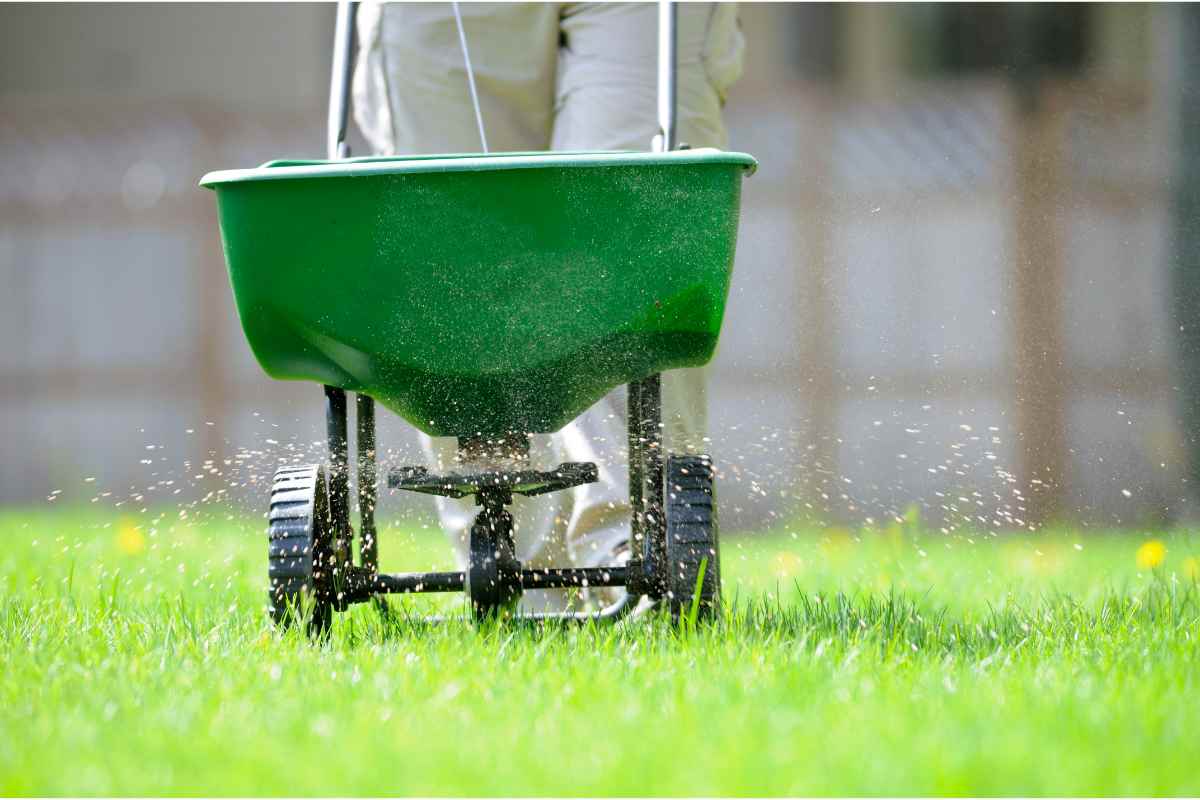

Landscaping Ideas
When To Put Lime Down On Grass
Modified: February 18, 2024
Learn the best landscaping ideas for when to put lime down on grass to ensure a healthy and vibrant lawn. Discover expert tips for effective lawn care and maintenance.
(Many of the links in this article redirect to a specific reviewed product. Your purchase of these products through affiliate links helps to generate commission for Storables.com, at no extra cost. Learn more)
Introduction
When it comes to maintaining a lush, vibrant lawn, understanding the nuances of soil health is paramount. One crucial factor that significantly impacts the well-being of your grass is the soil's pH level. The pH level, which measures the acidity or alkalinity of the soil, plays a pivotal role in nutrient availability, microbial activity, and overall plant health. In the realm of soil management, the application of lime emerges as a valuable practice for optimizing pH levels and fostering optimal conditions for grass growth.
Lime, a versatile soil amendment, serves as a powerful tool for rectifying acidic soil conditions, thereby creating an environment conducive to healthy grass development. By delving into the intricacies of soil pH and the benefits of using lime on grass, you can gain valuable insights into nurturing a thriving lawn. Moreover, understanding the optimal timing and application methods for lime can empower you to make informed decisions that elevate the vitality and resilience of your grass. In this comprehensive guide, we will explore the pivotal role of lime in promoting robust grass growth, elucidate the ideal circumstances for its application, and provide actionable insights for effectively incorporating lime into your lawn care regimen. Let's embark on a journey to unravel the mysteries of soil pH and harness the transformative potential of lime for cultivating a verdant, resilient lawn.
Key Takeaways:
- Lime helps grass by balancing soil pH, making it easier for the grass to absorb nutrients, grow vigorously, and resist moss and weed invasion. Applying lime in late fall or early spring is ideal for optimal results.
- To apply lime on grass, first conduct a soil test to determine the amount needed. Then, evenly spread the lime using a calibrated spreader, water the lawn, and monitor the pH for a thriving, resilient lawn.
Read more: When To Put Lime On Bermuda Grass
Understanding Soil pH
Soil pH serves as a foundational determinant of the overall health and productivity of your lawn. The pH scale ranges from 0 to 14, with 7 representing neutral pH. Values below 7 indicate acidic conditions, while those above 7 signify alkaline environments. Most grass species thrive in soil with a slightly acidic to neutral pH range of 6.0 to 7.0. However, various factors, such as rainfall, leaching, and the decomposition of organic matter, can contribute to a decrease in soil pH over time, rendering the soil more acidic.
Acidic soil poses a multitude of challenges for grass growth, impeding the uptake of essential nutrients and fostering an environment conducive to weed proliferation. Furthermore, microbial activity crucial for nutrient cycling and root development diminishes in acidic conditions, exacerbating the overall stress on the grass. By addressing acidic soil through the strategic application of lime, you can effectively elevate the pH level, thereby mitigating these adverse effects and creating an optimal setting for your grass to thrive.
By comprehending the intricate interplay between soil pH and grass health, you can proactively take measures to rectify imbalanced pH levels and fortify your lawn against the detrimental impacts of soil acidity. The judicious use of lime stands as a key strategy in this endeavor, offering a potent means of restoring the equilibrium of soil pH and fostering the flourishing of your grass.
Benefits of Using Lime on Grass
The application of lime yields a myriad of benefits that are instrumental in nurturing a robust and resilient lawn. One of the primary advantages of using lime on grass lies in its ability to rectify acidic soil conditions. By raising the pH level of acidic soil, lime facilitates the optimal uptake of essential nutrients by the grass, including nitrogen, phosphorus, and potassium. This, in turn, fosters vigorous growth, enhances coloration, and bolsters the overall health and vitality of the grass.
Furthermore, lime serves as a catalyst for improving the efficacy of fertilizers. In acidic soil, the effectiveness of fertilizers diminishes, as the lowered pH hinders the absorption and utilization of nutrients by the grass. By amending the soil with lime, you can enhance the efficiency of fertilizers, ensuring that the grass receives and utilizes vital nutrients more effectively, thereby promoting robust and sustained growth.
Additionally, the application of lime contributes to the suppression of moss and weed proliferation. Acidic soil provides an ideal habitat for moss to thrive, often outcompeting the grass and detracting from the overall aesthetic appeal of the lawn. By raising the pH level through lime application, you can create an inhospitable environment for moss while fostering optimal conditions for the grass to flourish. Similarly, the inhibition of weed growth is facilitated by the improved health and density of the grass, which is bolstered by the balanced pH levels engendered by lime.
Moreover, lime plays a pivotal role in enhancing soil structure and microbial activity. By mitigating soil acidity, lime fosters an environment conducive to beneficial microbial populations that are essential for nutrient cycling and the decomposition of organic matter. This, in turn, promotes improved soil structure, aeration, and drainage, creating an optimal foundation for robust grass growth.
By harnessing the myriad benefits of lime application, you can effectively fortify your lawn against the detrimental effects of acidic soil, nurture the lushness and vibrancy of your grass, and cultivate a verdant oasis that exudes vitality and resilience.
It’s best to put lime down on your grass in the fall or spring. This helps to balance the pH levels in the soil and improve nutrient absorption for healthier grass.
When to Apply Lime on Grass
The timing of lime application plays a pivotal role in optimizing its effectiveness and ensuring the sustained health and vigor of your grass. Ideally, the best time to apply lime is during the late fall or early spring. These periods are optimal as they allow sufficient time for the lime to interact with the soil and initiate the pH adjustment process before the active growth phases of the grass commence.
Applying lime in the late fall offers several advantages. During this time, the soil temperature remains relatively warm, promoting enhanced reactivity and assimilation of the lime. Additionally, the absence of competing vegetation growth allows for more effective and uniform distribution of the lime across the lawn. By applying lime in the late fall, you can harness the winter months to facilitate the gradual adjustment of soil pH, ensuring that the grass enters the subsequent growing season with an optimized environment for robust development.
Alternatively, early spring serves as an opportune window for lime application, particularly before the onset of active grass growth. This timing enables the lime to integrate into the soil and initiate the pH adjustment process, setting the stage for the forthcoming growth phase. By addressing soil acidity at this juncture, you can equip the grass with an optimal environment for nutrient uptake and sustained vigor as it embarks on its seasonal resurgence.
It is essential to perform a soil test prior to lime application to ascertain the precise pH level and determine the appropriate amount of lime needed to achieve the desired adjustment. This proactive approach allows for targeted and efficient lime application, ensuring that the soil pH is optimized to foster the health and vitality of the grass.
By strategically timing the application of lime in the late fall or early spring, you can harness the transformative potential of this soil amendment to create an optimal environment for your grass, thereby nurturing a resilient, vibrant lawn that flourishes throughout the seasons.
How to Apply Lime on Grass
The process of applying lime on grass encompasses several key steps that are integral to ensuring its efficacy and uniform distribution across the lawn. The first step in this process involves conducting a soil test to gauge the pH level and determine the precise amount of lime required to achieve the desired adjustment. This proactive measure enables targeted and efficient lime application, optimizing its impact on the soil pH and the subsequent health of the grass.
Once the soil test results are obtained, the calculated amount of lime should be evenly spread across the lawn using a calibrated spreader. It is advisable to divide the calculated quantity into two equal portions, applying one half in a horizontal direction and the remaining half in a vertical direction. This crisscross pattern facilitates thorough coverage and ensures uniform distribution of the lime, thereby promoting consistent pH adjustment across the entire lawn.
Following the application of lime, it is essential to water the lawn thoroughly to facilitate the incorporation of the lime into the soil. Adequate irrigation serves to initiate the pH adjustment process, allowing the lime to interact with the soil and commence the gradual elevation of the pH level. This step is particularly crucial for ensuring the efficacy of the lime and optimizing its impact on the soil environment.
After applying lime, it is advisable to refrain from mowing the grass for a few days to allow the lime to settle and integrate into the soil. This period of undisturbed assimilation enables the lime to initiate the pH adjustment process without interference, setting the stage for the optimal development of the grass in the ensuing growing season.
Regular monitoring of the soil pH is advisable to gauge the effectiveness of the lime application and ascertain if any additional adjustments are necessary. By employing these meticulous steps for lime application, you can harness its transformative potential to create an optimal environment for your grass, fostering its resilience, vibrancy, and sustained health.
Read more: When To Put Down Grass Fertilizer
Conclusion
Understanding the pivotal role of soil pH in shaping the health and vitality of your grass empowers you to proactively address imbalances and cultivate an optimal environment for robust growth. The strategic application of lime emerges as a potent tool for rectifying acidic soil conditions, unlocking a multitude of benefits that bolster the resilience and vibrancy of your lawn.
By leveraging the transformative potential of lime, you can elevate the pH level of acidic soil, facilitating optimal nutrient uptake, and fortifying the grass against the detrimental impacts of soil acidity. The suppression of moss and weed proliferation, the enhancement of soil structure and microbial activity, and the improved efficacy of fertilizers collectively contribute to nurturing a vibrant, resilient lawn that exudes vitality and allure.
Strategically timing the application of lime in the late fall or early spring, coupled with meticulous steps for its uniform distribution and assimilation into the soil, sets the stage for the gradual adjustment of soil pH and the sustained health of your grass. Regular monitoring and proactive measures ensure that the pH level remains optimized, fostering an environment that nurtures the flourishing of your lawn throughout the seasons.
As you embark on this journey of soil stewardship and grass care, the judicious use of lime stands as a cornerstone for creating an environment where your grass can thrive, unfurling its lushness and resilience with each passing season. By embracing the insights and practices elucidated in this guide, you are poised to cultivate a verdant oasis that epitomizes the harmonious interplay between soil health and the exuberance of nature, enriching your outdoor sanctuary with the boundless beauty of a thriving, resilient lawn.
Frequently Asked Questions about When To Put Lime Down On Grass
Was this page helpful?
At Storables.com, we guarantee accurate and reliable information. Our content, validated by Expert Board Contributors, is crafted following stringent Editorial Policies. We're committed to providing you with well-researched, expert-backed insights for all your informational needs.
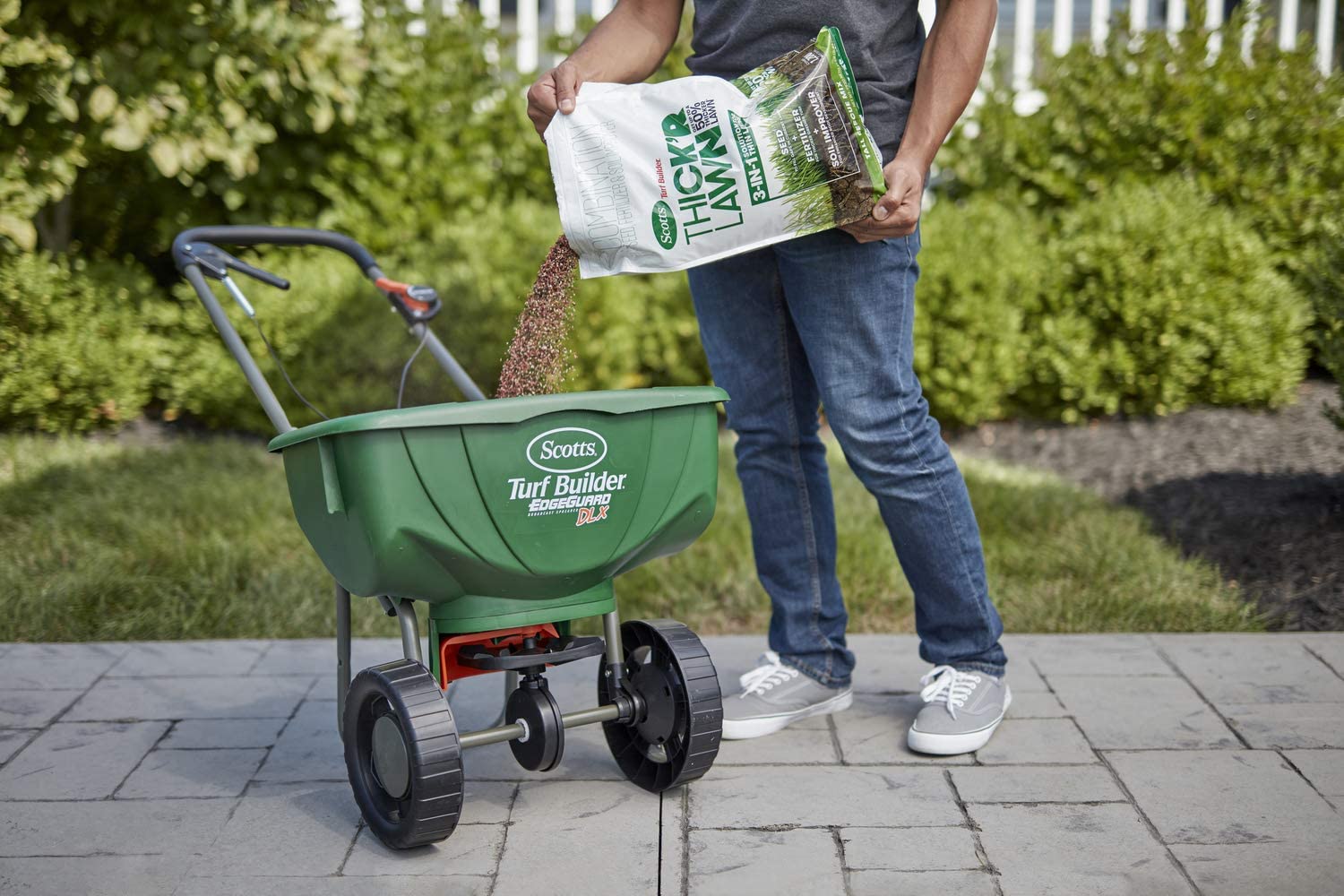
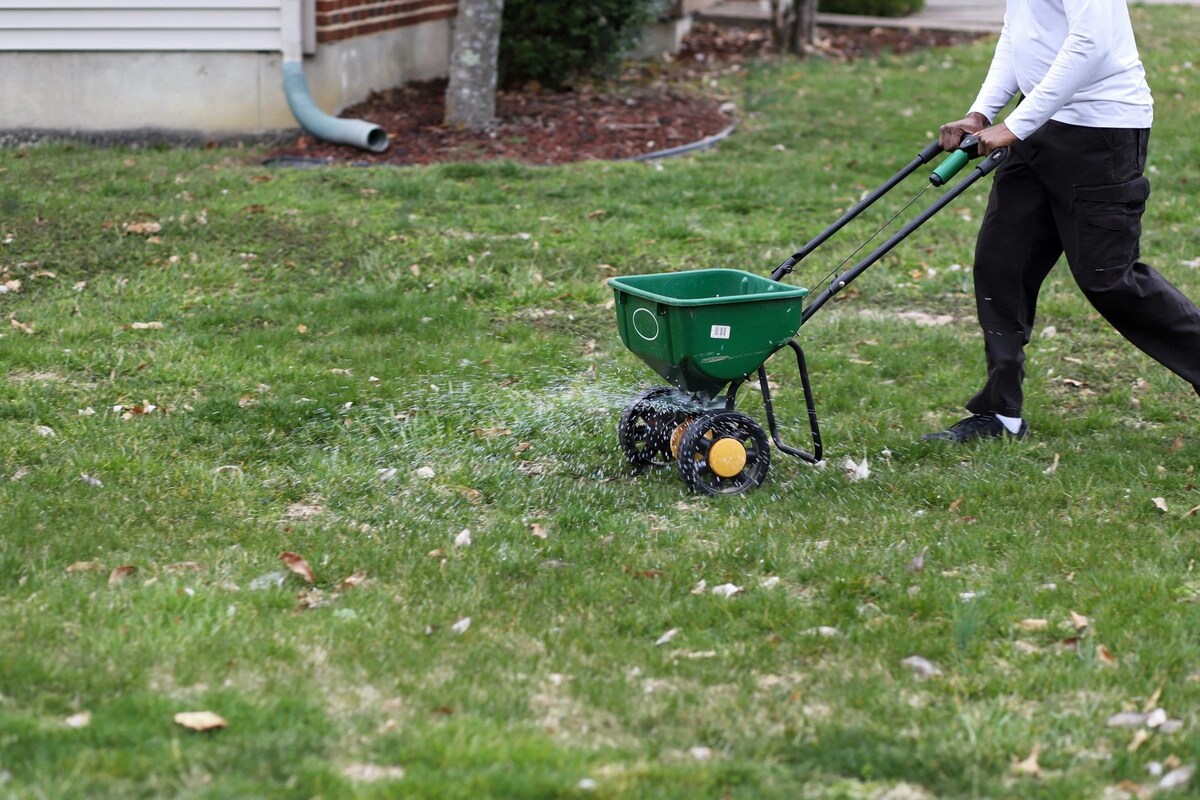
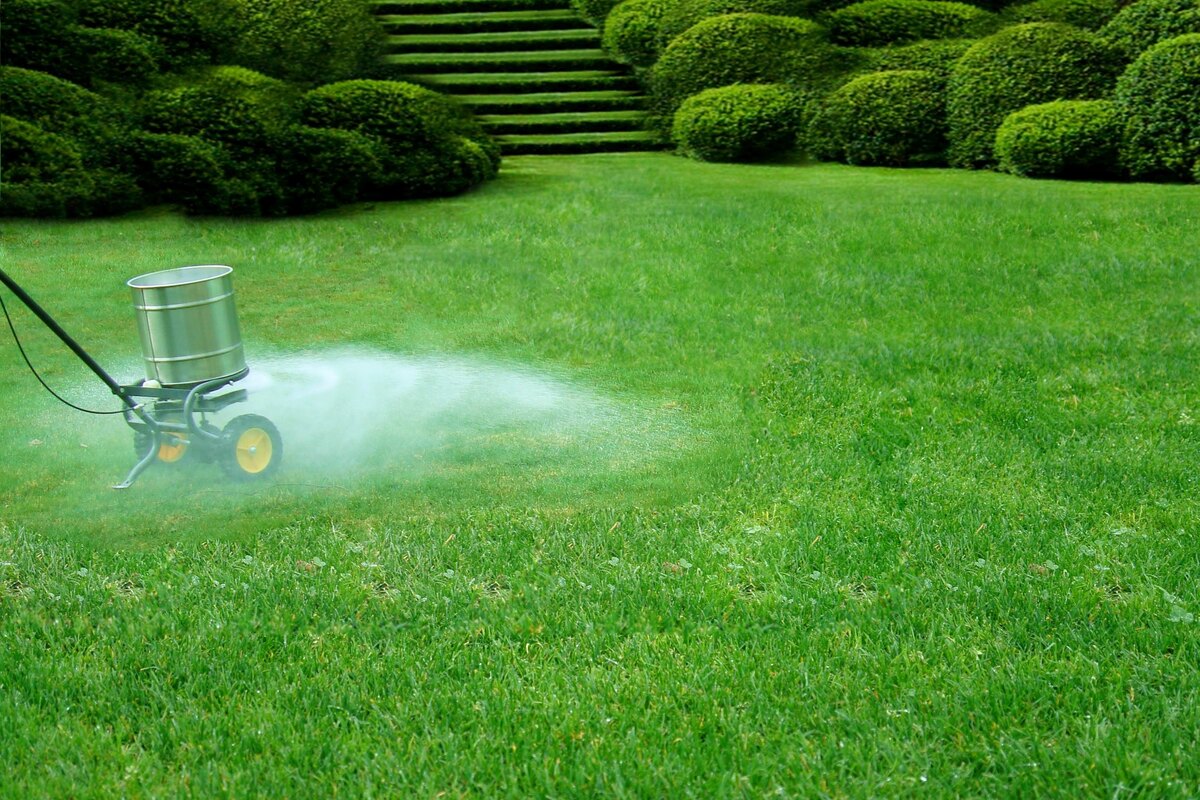
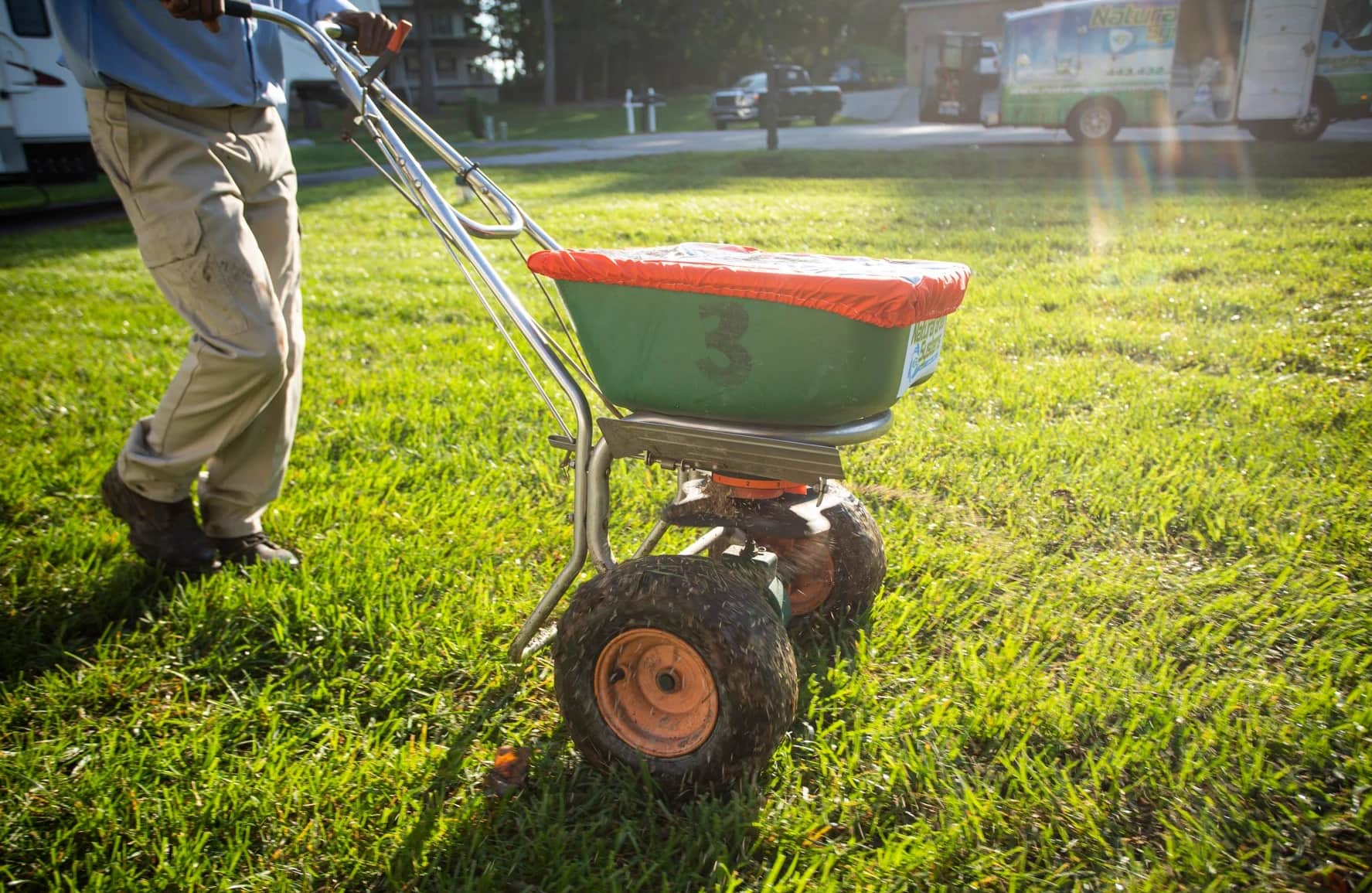
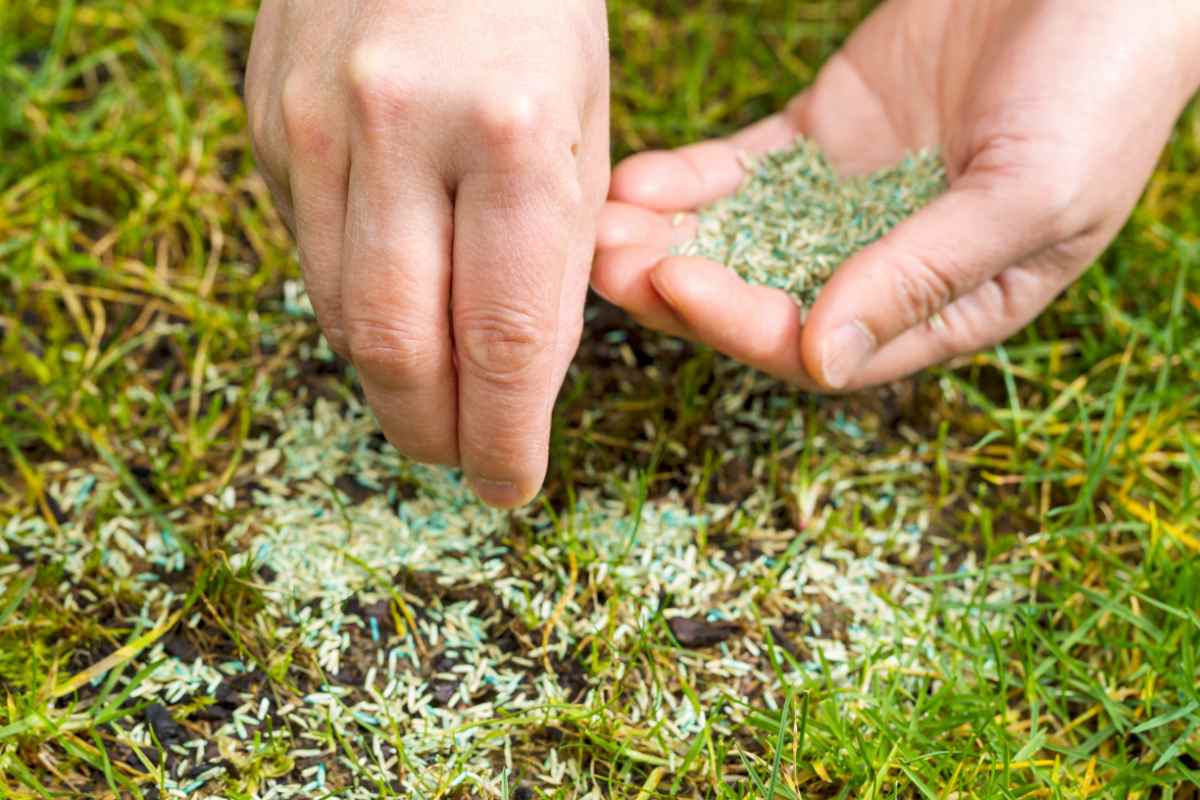
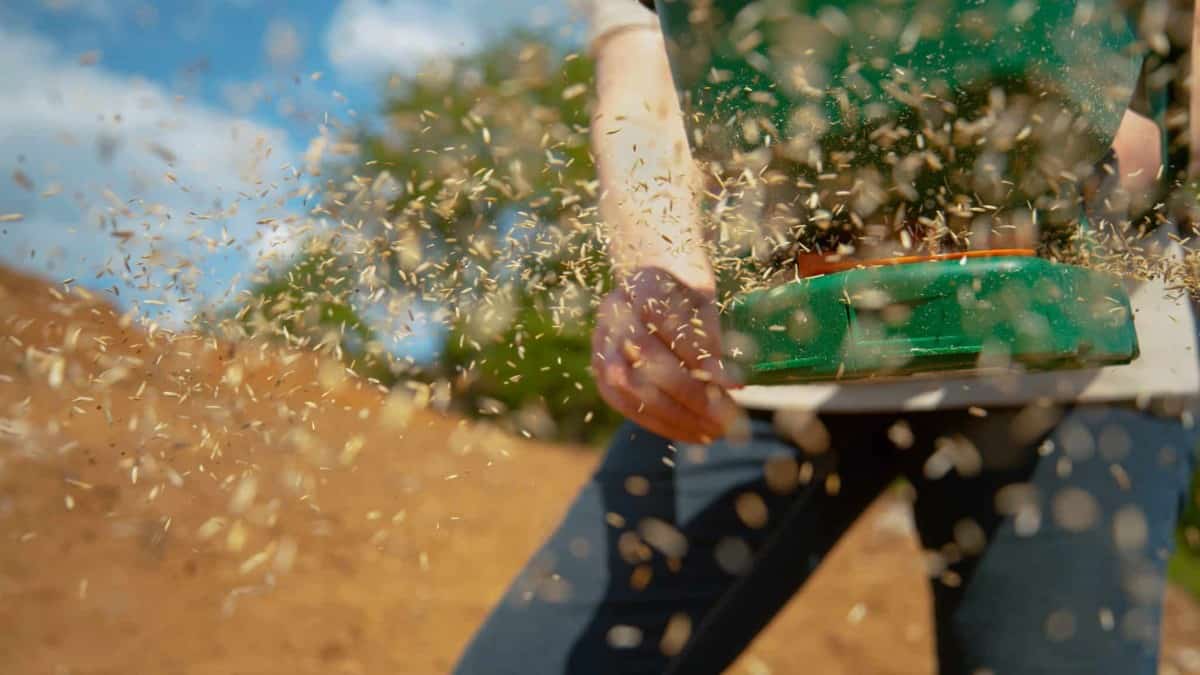
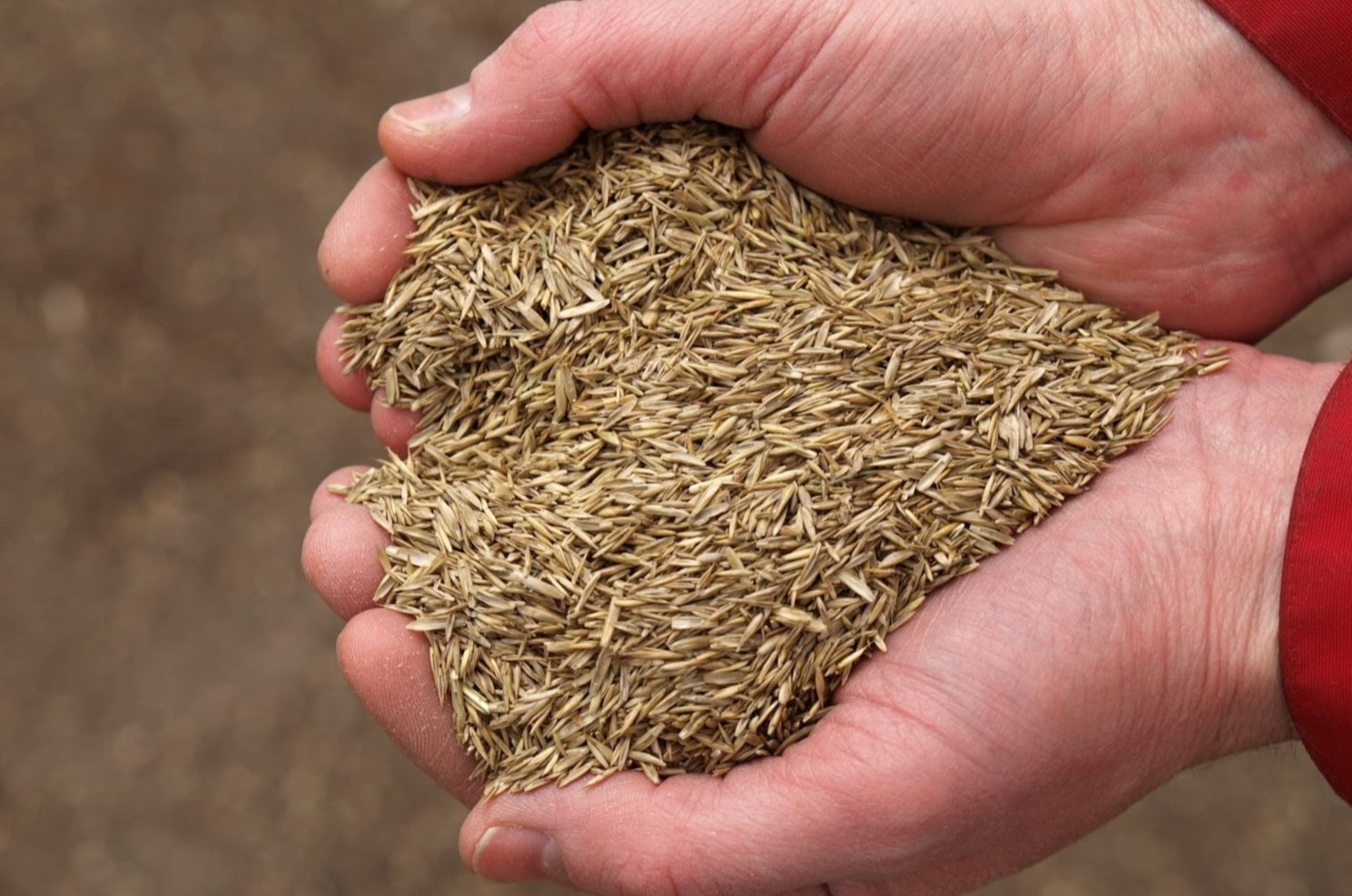
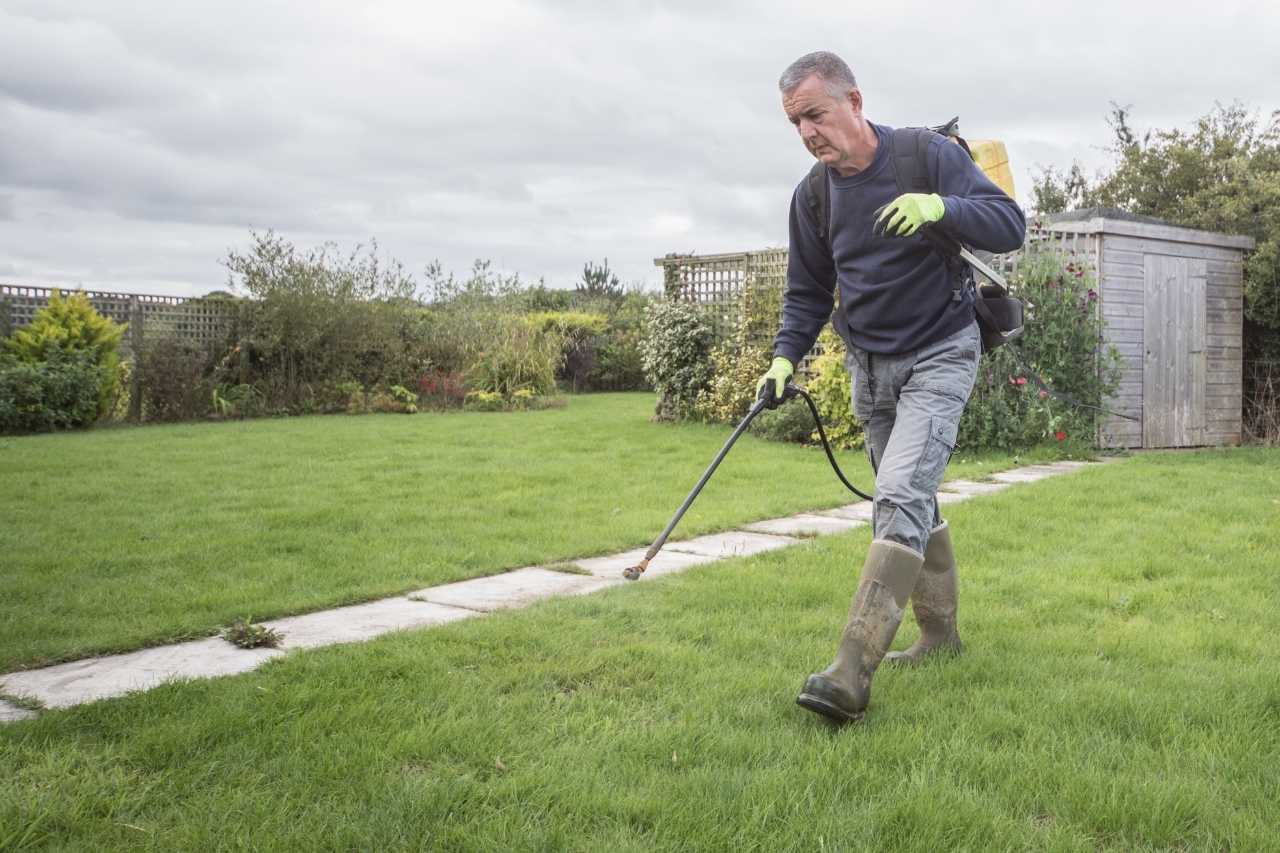
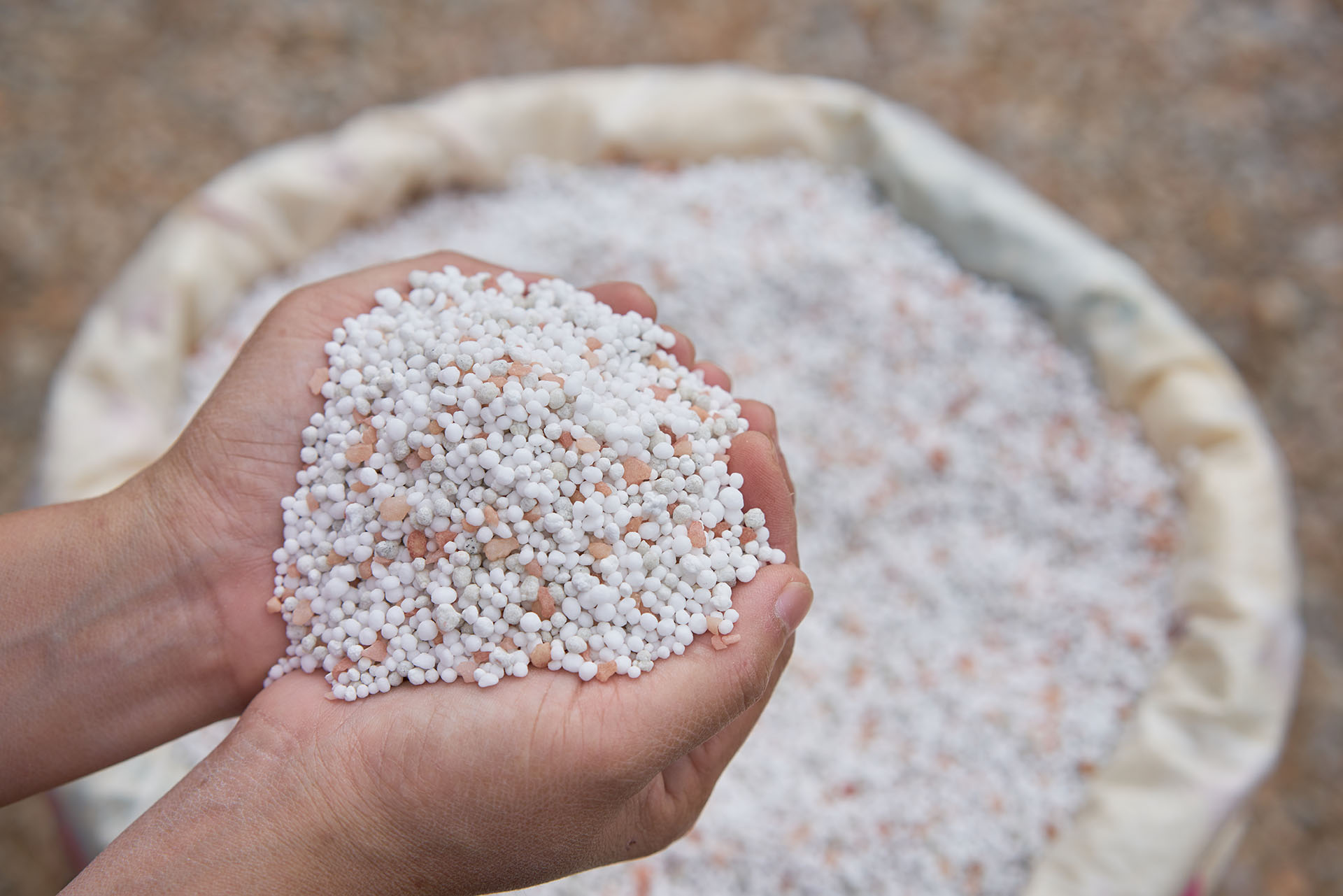
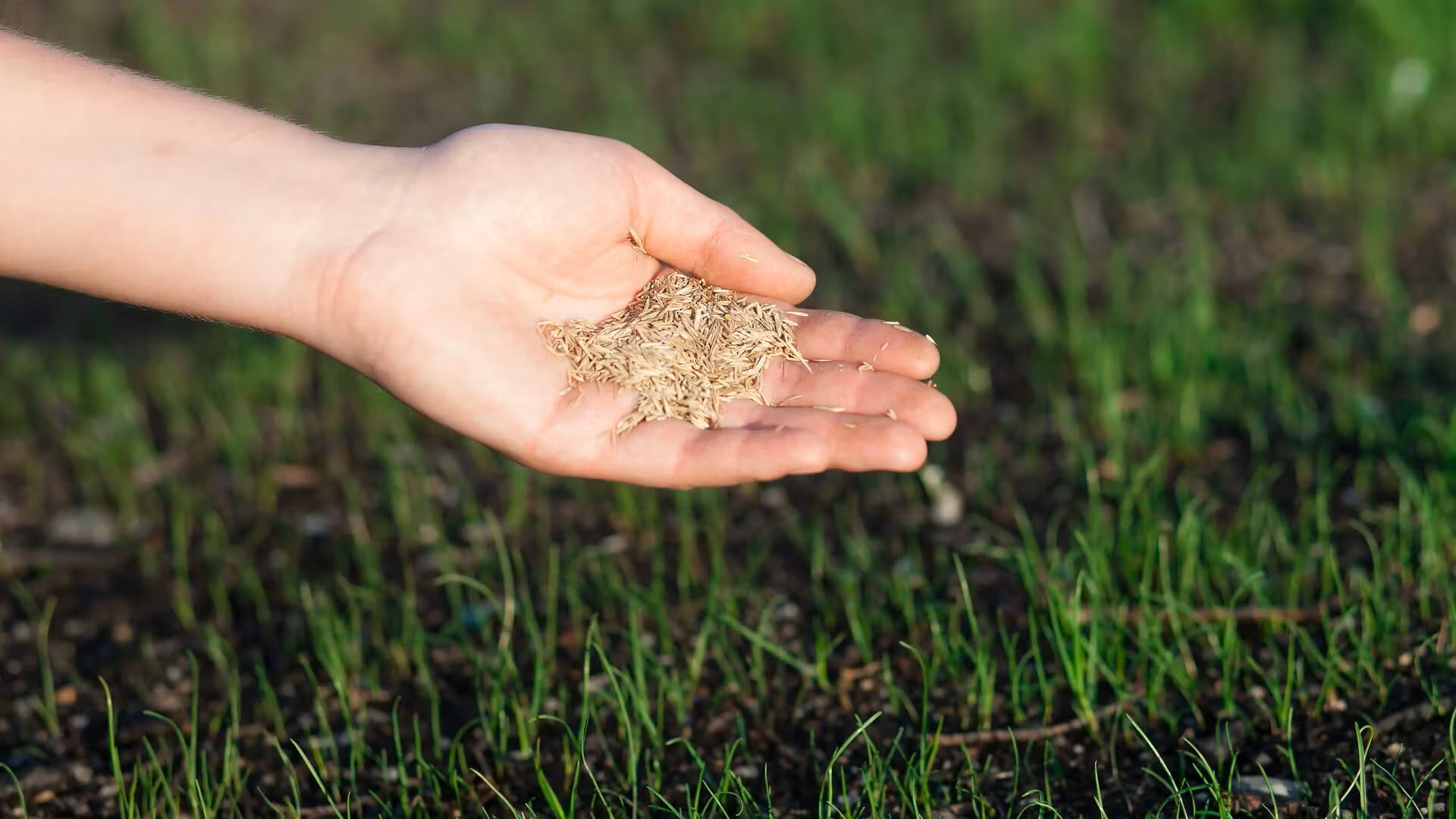
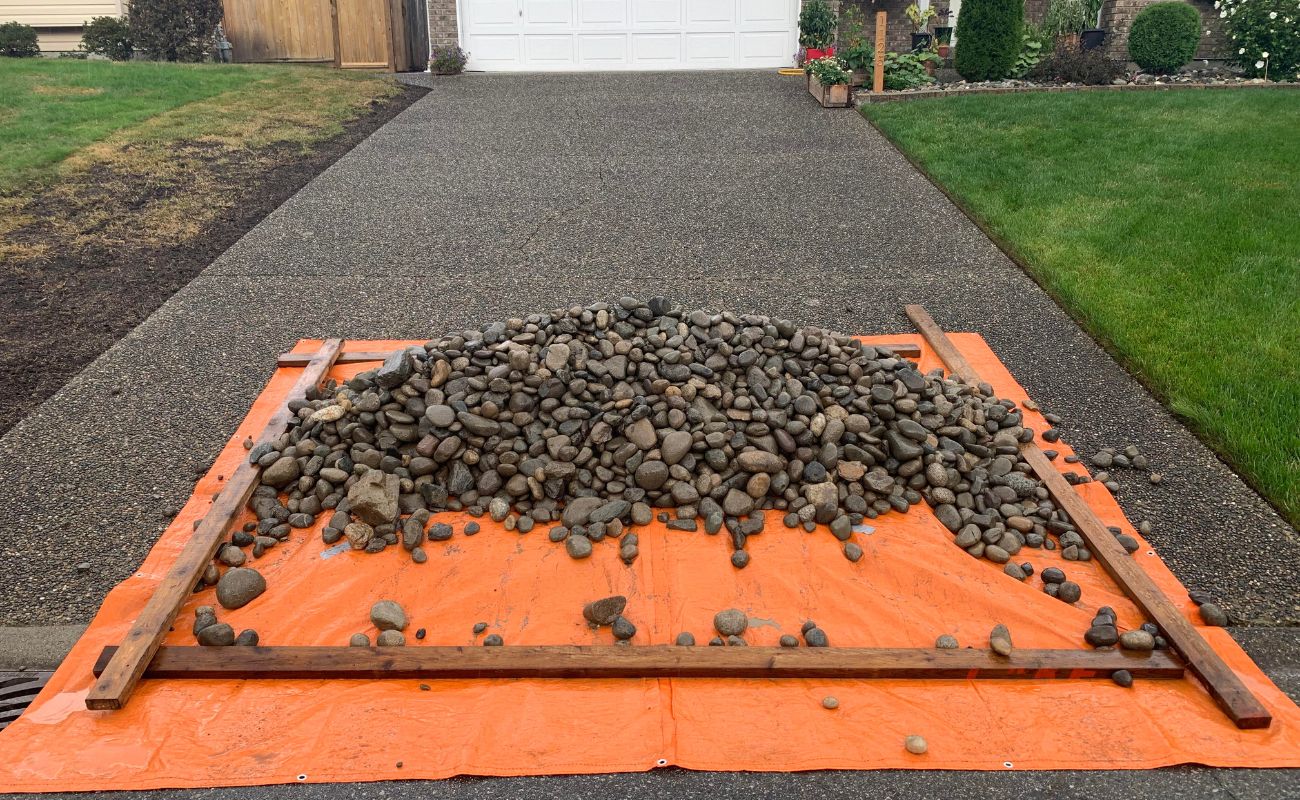

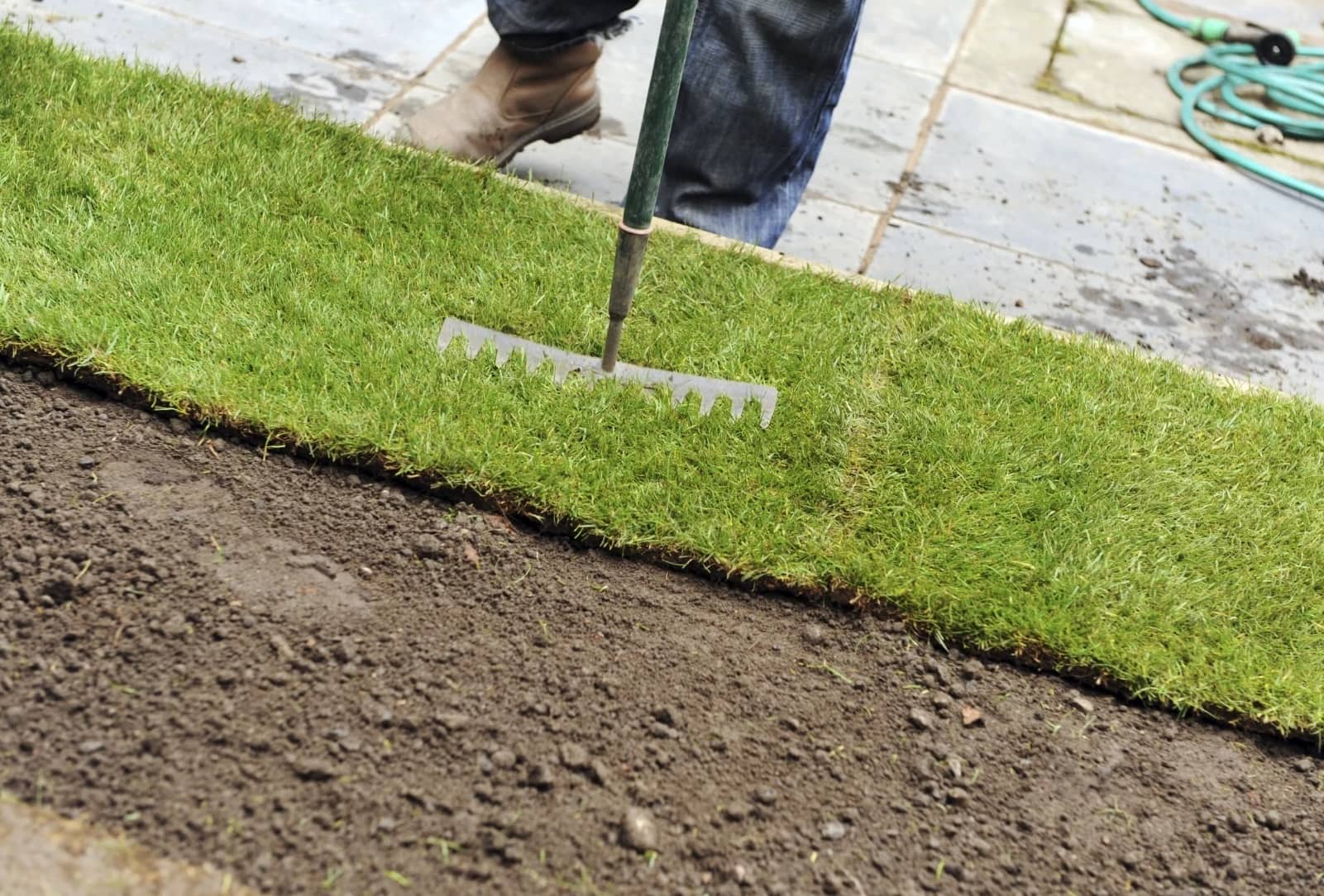
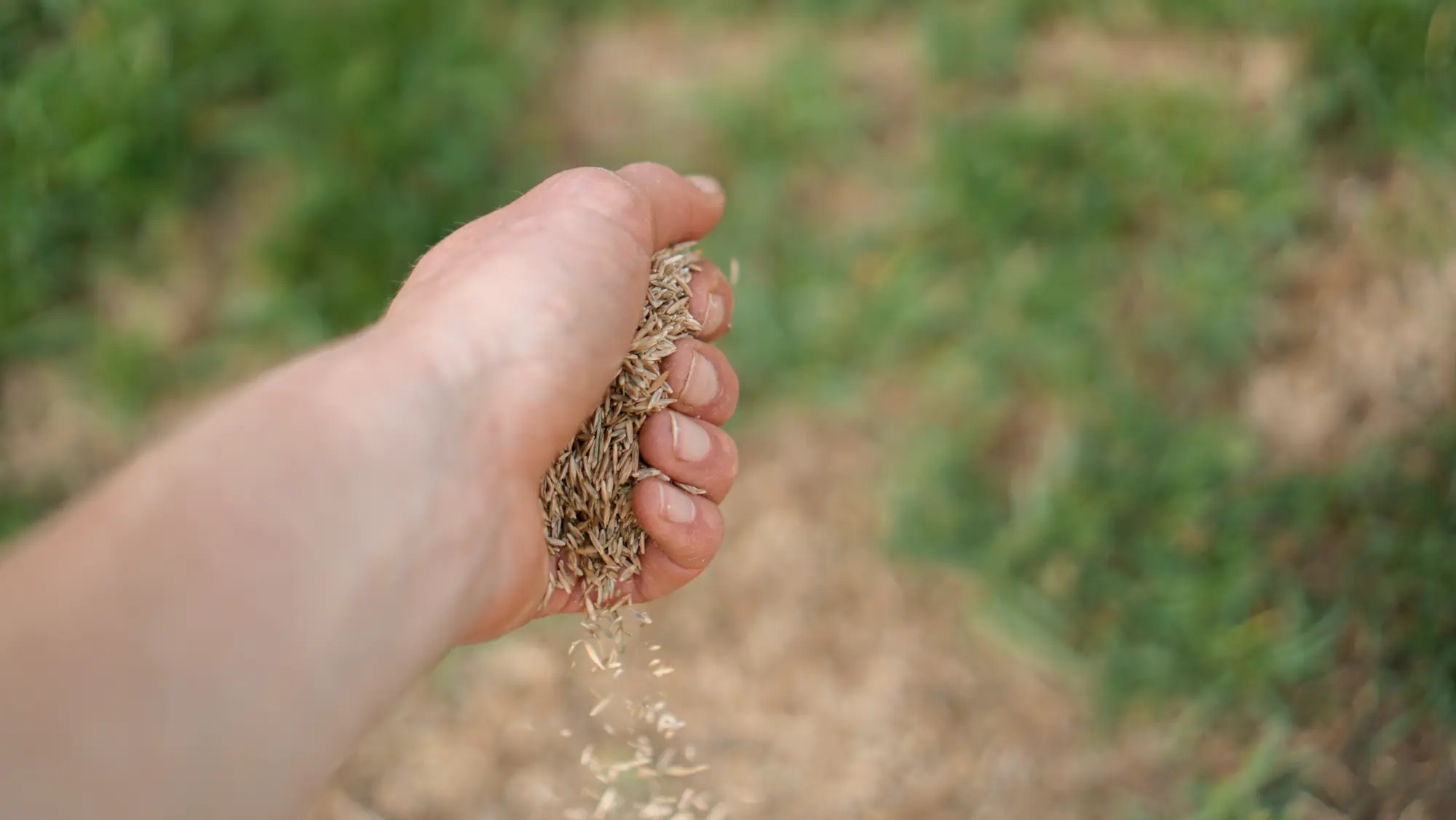

0 thoughts on “When To Put Lime Down On Grass”